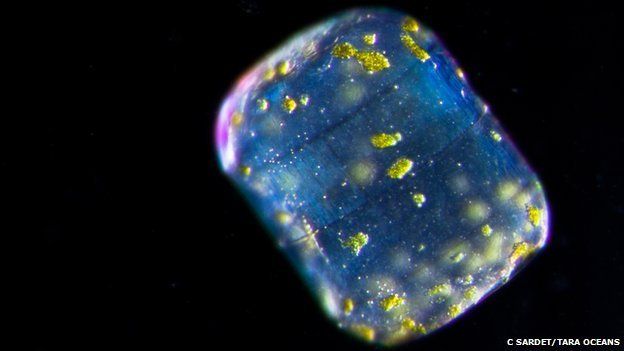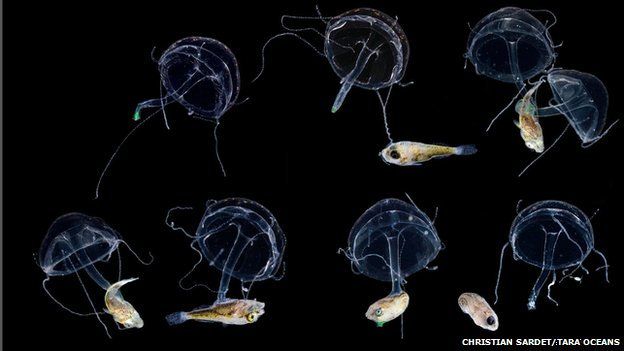
Steven Sasson in 1973, the year he started working at Eastman Kodak.
Imagine a world where photography is a slow process that is impossible to master without years of study or apprenticeship. A world without iPhones or Instagram, where one company reigned supreme. Such a world existed in 1973, when Steven Sasson, a young engineer, went to work for Eastman Kodak.
Two years later he invented digital photography and made the first digital camera.
Mr. Sasson, all of 24 years old, invented the process that allows us to make photos with our phones, send images around the world in seconds and share them with millions of people. The same process completely disrupted the industry that was dominated by his Rochester employer and set off a decade of complaints by professional photographers fretting over the ruination of their profession.
It started out innocently enough.
Soon after arriving at Kodak, Mr. Sasson was given a seemingly unimportant task — to see whether there was any practical use for a charged coupled device (C.C.D.), which had been invented a few years earlier.
“Hardly anybody knew I was working on this, because it wasn’t that big of a project,” Mr. Sasson said “It wasn’t secret. It was just a project to keep me from getting into trouble doing something else, I guess.”

The very first digital camera created by Steven Sasson in 1973. This camera was the basis for the US patent issued on December 26, 1978.
He quickly ordered a couple of them and set out to evaluate the devices, which consisted of a sensor that took an incoming two dimensional light pattern and converted it into an electrical signal. Mr. Sasson wanted to capture an image with it, but the C.C.D. couldn’t hold it because the electrical pulses quickly dissipated.
To store the image, he decided to use what was at that time a relatively new process — digitalization — turning the electronic pulses into numbers. But that solution led to another challenge — storing it on RAM memory, then getting it onto digital magnetic tape.
The final result was a Rube Goldberg device with a lens scavenged from a used Super-8 movie camera; a portable digital cassette recorder; 16 nickel cadmium batteries; an analog/digital converter; and several dozen circuits — all wired together on half a dozen circuit boards.
It looks strange today, but remember, this was before personal computers – the first build it yourself Apple computer kit went on sale that next year for $666.66.
The camera alone was a historic accomplishment, but he needed to invent a playback system that would take the digital information on the cassette tape and turn it into “something that you could see” on a television set: a digital image.
“This was more than just a camera,” said Mr. Sasson who was born and raised in Brooklyn. “It was a photographic system to demonstrate the idea of an all-electronic camera that didn’t use film and didn’t use paper, and no consumables at all in the capturing and display of still photographic images.”
The camera and the playback system were the beginning of the digital photography era. But the digital revolution did not come easily at Kodak.
“They were convinced that no one would ever want to look at their pictures on a television set.”
Mr. Sasson made a series of demonstrations to groups of executives from the marketing, technical and business departments and then to their bosses and to their bosses. He brought the portable camera into conference rooms and demonstrated the system by taking a photo of people in the room.
“It only took 50 milliseconds to capture the image, but it took 23 seconds to record it to the tape,” Mr. Sasson said. “I’d pop the cassette tape out, hand it to my assistant and he put it in our playback unit. About 30 seconds later, up popped the 100 pixel by 100 pixel black and white image.”
Though the quality was poor, Mr. Sasson told them that the resolution would improve rapidly as technology advanced and that it could compete in the consumer market against 110 film and 135 film cameras. Trying to compare it with already existing consumer electronics, he suggested they “think of it as an HP calculator with a lens.” He even talked about sending images on a telephone line.
Their response was tepid, at best.
“They were convinced that no one would ever want to look at their pictures on a television set,” he said. “Print had been with us for over 100 years, no one was complaining about prints, they were very inexpensive, and so why would anyone want to look at their picture on a television set?”
The main objections came from the marketing and business sides. Kodak had a virtual monopoly on the United States photography market, and made money on every step of the photographic process. If you wanted to photograph your child’s birthday party you would likely be using a Kodak Instamatic, Kodak film and Kodak flash cubes. You would have it processed either at the corner drugstore or mail the film to Kodak and get back prints made with Kodak chemistry on Kodak paper.
It was an excellent business model.
When Kodak executives asked when digital photography could compete, Mr. Sassoon used Moore’s Law, which predicts how fast digital technology advances. He would need two million pixels to compete against 110 negative color film, so he estimated 15 to 20 years. Kodak offered its first consumer cameras 18 years later.
“When you’re talking to a bunch of corporate guys about 18 to 20 years in the future, when none of those guys will still be in the company, they don’t get too excited about it,” he said. “But they allowed me to continue to work on digital cameras, image compression and memory cards.”
The first digital camera was patented in 1978. It was called the electronic still camera. But Mr. Sasson was not allowed to publicly talk about it or show his prototype to anyone outside Kodak.
In 1989, Mr. Sasson and a colleague, Robert Hills, created the first modern digital single-lens reflex (S.L.R.) camera that looks and functions like today’s professional models. It had a 1.2 megapixel sensor, and used image compression and memory cards.

The 1989 version of the digital camera, known as the Ecam (electronic camera). This is the basis of the United States patent issued on May 14, 1991.
But Kodak’s marketing department was not interested in it. Mr. Sasson was told they could sell the camera, but wouldn’t — because it would eat away at the company’s film sales.
“When we built that camera, the argument was over,” Mr. Sasson said. “It was just a matter of time, and yet Kodak didn’t really embrace any of it. That camera never saw the light of day.”
Still, until it expired in the United States in 2007, the digital camera patent helped earn billions for Kodak, since it — not Mr. Sasson — owned it, making most digital camera manufacturers pay Kodak for the use of the technology. Though Kodak did eventually market both professional and consumer cameras, it did not fully embrace digital photography until it was too late.
“Every digital camera that was sold took away from a film camera and we knew how much money we made on film,” Mr. Sasson said. “That was the argument. Of course, the problem is pretty soon you won’t be able to sell film — and that was my position.”
Today, the first digital camera Mr. Sasson made in 1975 is on display at the Smithsonian’s National Museum of American History. President Obama awarded Mr. Sasson the National Medal of Technology and Innovation at a 2009 White House ceremony.
Three years later, Eastman Kodak filed for bankruptcy.
NYT
James Estrin










